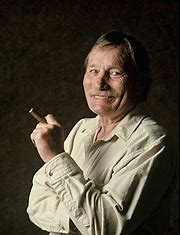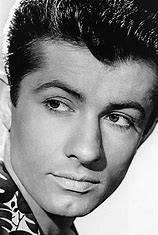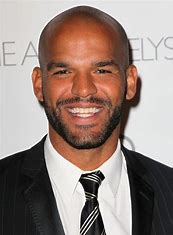Introduction
Edward Bunker was a multi-talented artist who made his name as a writer, actor, and screenwriter. He was a master storyteller who had a unique perspective on life, crime, and the human condition. His works have inspired many filmmakers, writers, and artists. In this blog post, we will explore the world of Edward Bunker, his books, his movies, and his life.
Bunker’s Life and Career

Early Life and Criminal Career
Edward Bunker was born in 1933 in Los Angeles, California. He had a troubled childhood and was in and out of juvenile detention centers and prisons for most of his teenage years. He became a professional criminal and spent most of his adult life behind bars. However, while in prison, he discovered his love for writing and started to write novels and short stories.
Writing Career
Bunker’s first novel, “No Beast So Fierce,” was published in 1973 and was a critical success. The book was loosely based on Bunker’s own experiences as a criminal and was praised for its authenticity and realism. Bunker went on to write several more novels, including “Animal Factory,” “Little Boy Blue,” and “Dog Eat Dog.” His works were known for their gritty realism and brutal honesty.
Bunker’s Books
No Beast So Fierce
“No Beast So Fierce” is Bunker’s debut novel and is considered a classic of crime fiction. The book tells the story of Max Dembo, a career criminal who is released from prison and tries to go straight. However, he soon finds himself drawn back into a life of crime. The book is a powerful exploration of the criminal mind and the difficulties of escaping a life of crime.
Animal Factory
“Animal Factory” is another one of Bunker’s most famous works. The book tells the story of Ron Decker, a young man who is sent to prison for drug possession. He is quickly drawn into the brutal world of prison life and must navigate the dangerous social hierarchy of the prison. The book is a harrowing look at the realities of prison life and the toll it takes on the human psyche.
Bunker’s Movies
Reservoir Dogs
Bunker had a successful career as a screenwriter and actor. He appeared in several movies, including “Reservoir Dogs,” “The Running Man,” and “Tango & Cash.” He also wrote the screenplay for “Runaway Train,” which was nominated for an Academy Award. However, his most famous role was as Mr. Blue in Quentin Tarantino’s “Reservoir Dogs.” The movie is a modern classic of crime cinema and has inspired countless imitators.
Straight Time
Bunker also wrote the screenplay for “Straight Time,” a movie based on his novel “No Beast So Fierce.” The movie stars Dustin Hoffman as Max Dembo, a career criminal trying to go straight. The movie is a powerful exploration of the difficulties of escaping a life of crime and the toll it takes on a person’s psyche.
Conclusion
Edward Bunker was a true original, a man who lived a life of crime but found redemption through his art. His books and movies are powerful explorations of the human condition and the difficulties of escaping a life of crime. Bunker’s legacy lives on, inspiring new generations of artists to explore the dark side of the human psyche.
FAQ
Who is Edward Bunker?
Edward Bunker was a renowned American author, screenwriter, and actor known for his crime fiction and non-fiction works. He was also a former criminal who spent most of his youth in prison.
What are some of Edward Bunker’s most popular books?
Some of Edward Bunker’s most popular books include “No Beast So Fierce,” “Dog Eat Dog,” “Little Boy Blue,” and “Education of a Felon.”
What is the connection between Edward Bunker and Reservoir Dogs?
Edward Bunker played the role of Mr. Blue in Quentin Tarantino’s 1992 movie “Reservoir Dogs.” The movie was also inspired by Bunker’s novel “Little Boy Blue.”
What other movies or TV shows were based on Edward Bunker’s works?
Apart from “Reservoir Dogs,” Edward Bunker’s works have been adapted into several movies and TV shows, including “Straight Time,” “Animal Factory,” and “Runaway Train.”
What makes Edward Bunker’s writing style unique?
Edward Bunker’s writing style is known for its gritty realism and authenticity. His works often draw from his personal experiences as a former criminal and provide a raw and unfiltered look into the criminal underworld.



